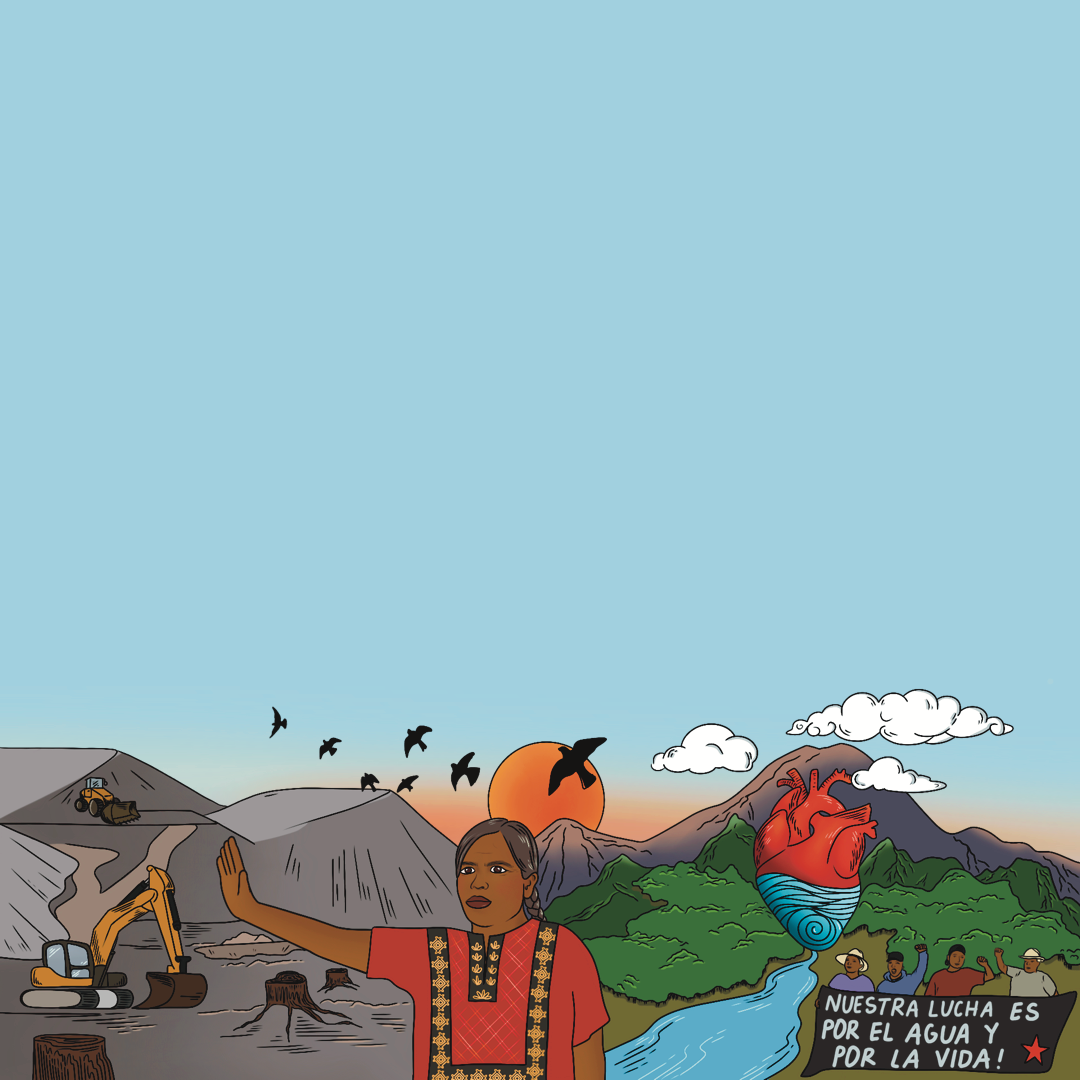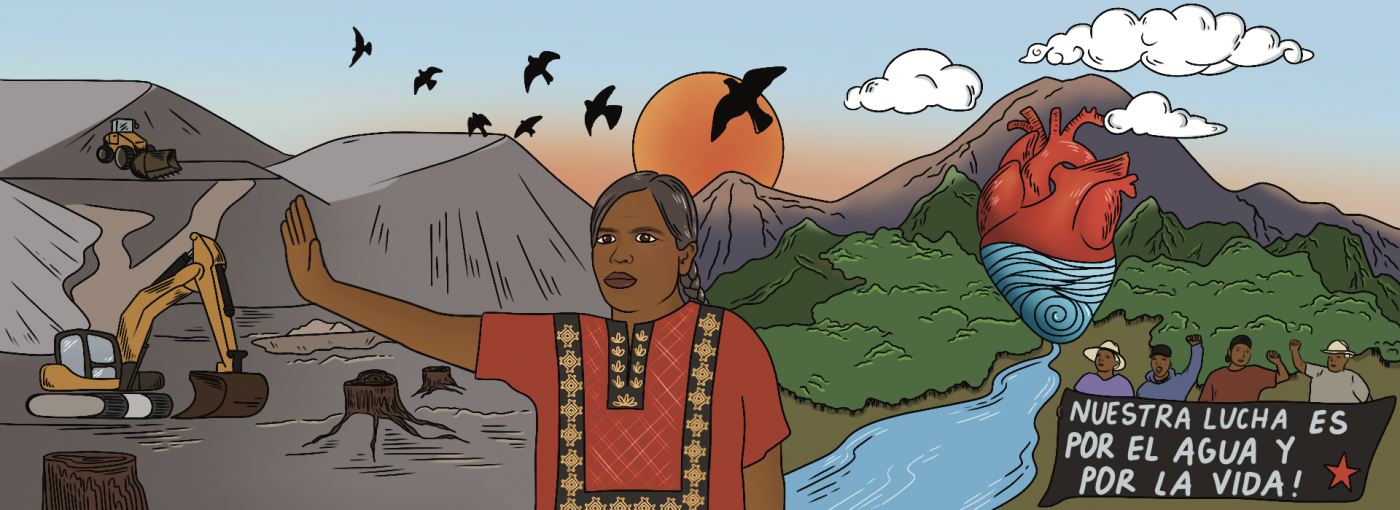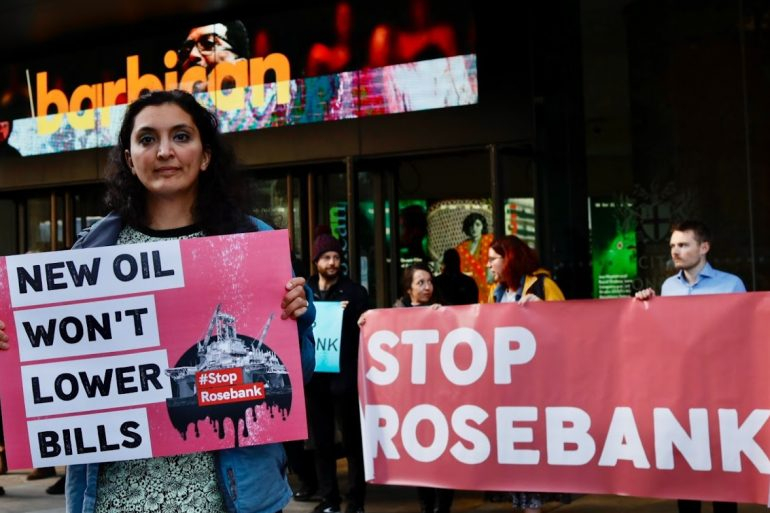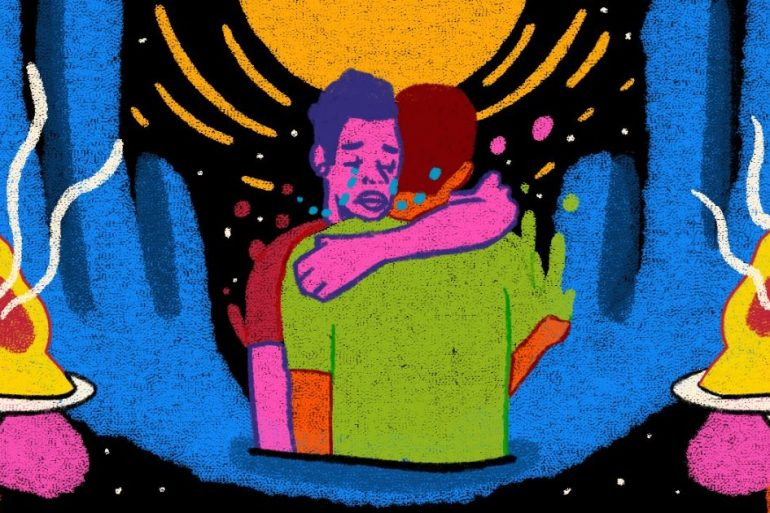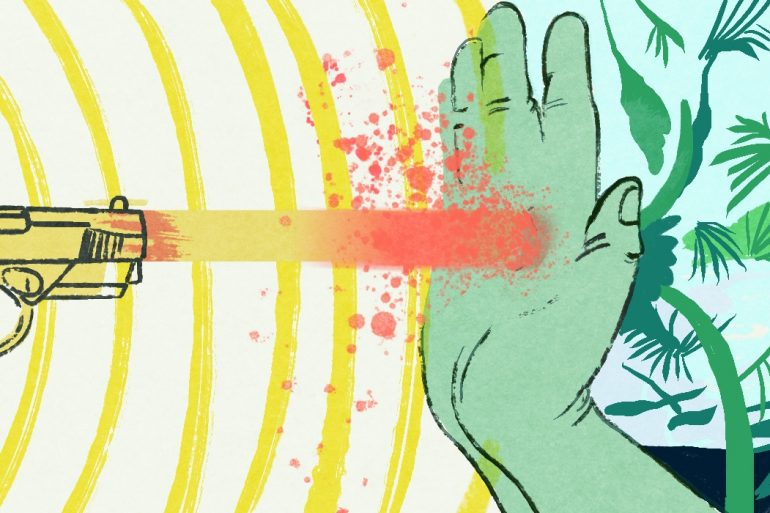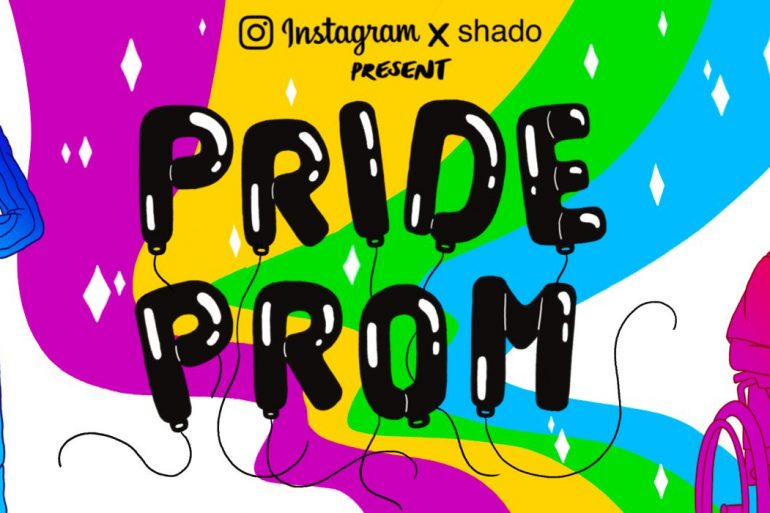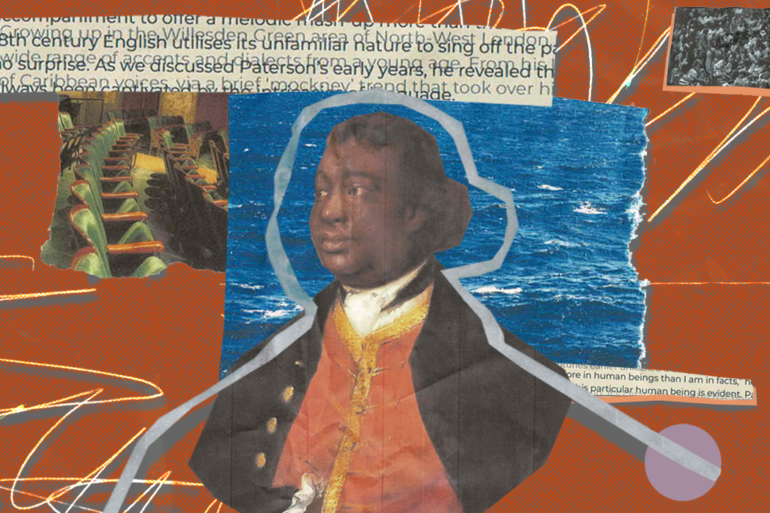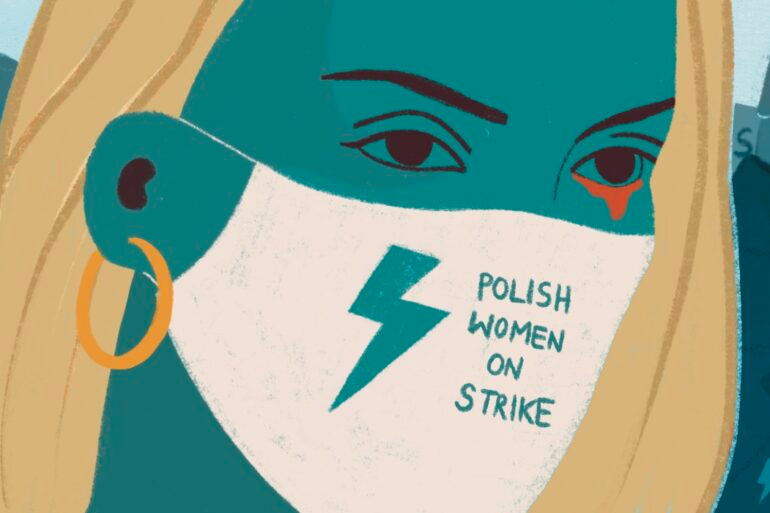On 22 March 2022, World Water Day, the Caravan in Defence of Water and Life, Peoples United Against Capitalist Dispossession began. This marked a year after communities in Puebla, Mexico, blocked access to the Bonafont water-bottling plant, halting the extraction of the region’s water.
The Caravan travelled for 34 days to unite communities across the central region of Mexico who are defending their waters, territories and Indigenous traditions and customs.
Its aim was for communities to meet face to face, listen to and share experiences of resistance and to collectively denounce the violations being lived in their territories. The Caravan offered an opportunity for communities to begin to harmonise resistance, as well as advance a process to articulate an answer to the question, ‘What Next?’ that the Zapatista National Liberation Army and the National Indigenous Congress had posed to communities across the country.
I joined them as part of the Global Majority campaign to denounce the complicity of imperialist governments in much of the destruction being experienced and to help amplify the stories of communities.
During these 34 days, we visited Totonaco, Nahua, Otomi, Mazateco, Popoluca, Triqui, Zapotec, Binizaa, Matlatzinca, Nuntaj iyi and Ayuujk Indigenous communities for whom water and land are sacred.
Travelling through nine different states, we drove through vibrant mountain ranges, dry cactus-filled lands, massive cities, isolated communities, by the seaside, past spiritual lakes and alongside rivers and streams.
Despite the different landscapes, the way capitalism and neocolonialism had torn up the terrain and devastated Indigenous ways of life was a binding thread – and blindingly obvious.
But it was not only the destruction that we saw on our journey but also the organisation of communities who are fighting to build life, autonomy and self determination in order to stop the harm in their territories.
In Guerrero and Morelos, we saw how territories were concessioned to mining companies and how narco-paramilitary groups were suspected to be colluded with these extractivist companies, and use violence to break down the social fabric of communities.
But we also saw how, despite being faced with this reality, communities were building their autonomy. Building their own justice, education and communication systems, as well as establishing their own laws to defend their lands with respect to their Indigenous traditions and customs.
We also visited massive landfill sites or basureros like in San Juan Tlautla or Santa Maria Cuapan, where COVID-19 hospital equipment and toxic waste was being dumped on Indigenous lands and poisoning their soils, groundwaters and air. Communities in Cuapan, had organised to block access to this site to stop any more rubbish being dumped.
In Cuapan, we also visited a river dyed in artificial blue as a result of mainly American textile companies that use cheap Mexican labour to make their jeans without any regard for the environment.
We witnessed gentrification and how the city of Puebla is expanding and engulfing an ancestral mountain in Malacatepec. Here, the real estate company Grupo Proyecta is dispossessing communities of their lands and building grey concrete housing in its place. To resist this, the mountain is now being occupied by campesinos, local peasant farmers, who are working to stop that expansion.
In Mexico City we also saw the struggle against gentrification and how communities faced with this are building their autonomy. Examples of this was seen in the Casa Okupa Chiapaz, the occupation of the National Institute of Indigenous Peoples by the Otomi community and through the General Assembly of the Towns, Neighbourhoods, and Pedregales of Coyoacán.
In the mountains of the Sierra Norte of Puebla, we attended an assembly with Totonaco communities who came together to discuss their advances, celebrating the cancellation of various hydroelectric projects in the region, as a result of their legal and on-the-ground pressure. Here communities are also working to recover their lost traditions and customs to become even more resilient in times to come.
Communities told us of petrol exploration projects happening in the Popoluca and Nahua mountains of Santa Marta, Veracruz by the company Comesa, part of Pemex. And how they organised to run workers out of their territories, who were going to drill their lands in search of oil, petrol and gas.
In Veracruz not only did we see the mountains but we also went to the seaside. Here we witnessed how the hotel industry was pouring all its toxic waste directly into the sea – to avoid paying filtration costs. Locals said that their fish and biodiversity was dying out.
The Otomi community of Santiago Mexquititlan, Queretaro, demonstrated what exercising the Law of the People looks like, as they showed us how they had occupied the Barrio Cuarto well that was extracting their groundwater, and how this had returned water to their dam.
In Oaxaca, we saw how even supposed ‘clean energy’ was violating the rights of communities as massive wind farms were being imposed on Indigenous lands and dispossessing communities. Here, the people also denounced the construction of the Interoceanic Corridor, a railway corridor that will connect the Pacific and Atlantic. This project has militarised the region and is displacing many communities; there are well-founded fears that it will also industrialise the area – which communities believe means death for them and their ways of life.
Communities across the trip denounced government institutions like the National Commission for Water (CONAGUA), the Secretariat of Environment and Natural Resources, and the National Institute for Indigenous Peoples for their corruption and complicity in handing over their territories to large companies such as Danone, Volkswagen, Audi, Nestlé, Constellation Brands, Coca Cola, Walmart, Gold Corp and Black Rock, among many others.
Subscribe to shado's weekly newsletter
Exclusive event news, job and creative opportunities, first access to tickets and – just in case you missed them – our picks of the week, from inside shado and out.

The persecution of those that defend life was also visible everywhere. We heard about forced disappearances of environmental defenders, Sergio Rivera Hernandez, Pablo Hilario Morales, Samuel Hernández Sánchez and Dr. Ernesto Sernas García. As well as the political imprisonment and fabrication of charges of those fighting for their rights like: Fidencio Aldama, Fredy García, Marcelino Ruíz Gómez, Abraham López Montejo, Miguel López Vega, Germán López Montejo, the three feminists from the Okupa Cuba and the seven political prisoners of Eloxochitlán.
We mourned the assassinations of our siblings, as we visited the graves of defenders Samir Flores Soberanes and Bety Cariño, who were assassinated for defending their territories and communicating the struggle of Indigenous communities. We denounced the impunity of these crimes and left offerings for them, letting them know that the seeds that they planted are now slowly flourishing.
We saw how young people both in cities and in villages are fighting to defend their right to free, popular education, as the Mexican government continues to try and disappear Rural Normal Schools. And listened to the parents of the 43 Ayotzinapa students who were forcibly disappeared in 2014, who now fight for truth and justice for their children.
Every community that the Caravan visited was received with open arms. Often we held press conferences, protests and actions, or participated in processes of dialogue with communities. We would hear from elders in the community of the changes they have seen in their territories, how the landscape has changed, and their harvests as well. We would share what resistance looked like in other territories, how different communities had confronted similar issues and hear reflections.
After the process of listening and sharing, sometimes there would be dances, singing in traditional languages, clown shows or theatre performances that mocked the extractivist companies, government institutions and presidents that caused all this harm in these territories.
Smiles were a very important part of embracing each other’s struggles and seeing each other as family. Food was another part of that.
Massive casuelas, or clay pots were often used to make our meals. In every community we were fed by the people. Seeing how the communities organised themselves, even through violence, to receive the caravan and put food on our plates was beautiful. Sometimes they would take us down to swim or paddle in the local rivers, streams and oceans which they risked their life to protect.
Sitting together, hechando taquito, eating tortillas, tamales or drinking coffee with bread – we had some of the most heart to heart conversations. It was in these moments that we really became bound by something more than a mission, but by love and respect.
The Caravan offered a glimpse to the horizon of rebellion, resistance and organisation that is being weaved in defence of life. A common agreement made at each community was that “if they touch one, they touch all.”
It sent a warning to governments that these struggles are no longer isolated, and a message to communities that this collective learning must now materialise into concrete actions.
The closing words of the Caravan were: ‘‘The future of peoples is not in international conventions, it is in the peoples who fight for autonomy and self-determination, it is in the communities that live and dream of freedom and who rebuild life, not in opportunists who usurp, supplant the voice of the peoples and profit from the struggle for this system to continue. The present reality of Indigenous peoples is one of resistance and rebellion.’
Something clear was that the Caravan hadn’t ended. The work had only just begun.
This piece is an overview piece on Caravan and the first part in a series on resistance struggles across the central region of Mexico. All the communities in this series were visited by the Caravan.
What can you do?
- Find out more about the resistance of the Otomi community in the face of discrimination, violence and gentrification in Mexico
- Read more about the Mexican feminist movement
- Learn about the story of the 20 Nahua Indigenous communities who took on the Danone company extracting and ruining their water supply.
